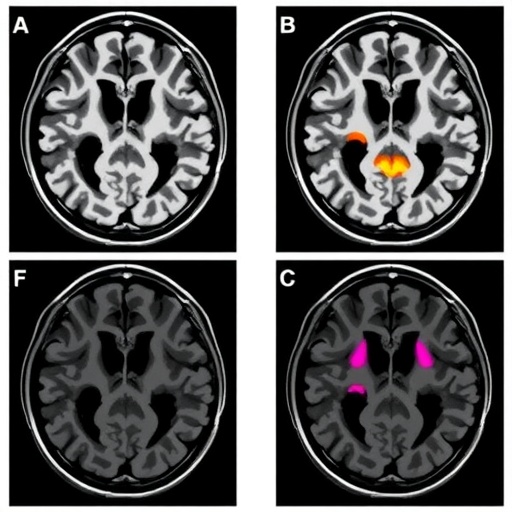A 2012 cervical cancer screening guideline change is associated with reduced testing for cervical cancer and chlamydia and reduced identification of chlamydia cases in young women. Screening for chlamydia, the most commonly-diagnosed bacterial sexually transmitted infection worldwide, is often conducted with cervical cancer screening. Using population-based physician billing claims data and public health surveillance data, researchers in Ontario, Canada assessed the population-level impacts of new cervical cancer screening guidelines recommending less frequent screening and older age of screening initiation. They found that Pap testing declined in all age groups following the guideline release, with the greatest relative reductions observed for females aged 15 to 19 years. The guideline change was also followed by a decrease in chlamydia testing in females aged 15 to 29 years. The largest reduction was observed in the 15 to 19-year age group (relative reduction of 26 percent), in whom cervical cancer screening is no longer recommended, suggesting that reduced chlamydia testing may have been an unintended consequence of the guideline change. Reduced chlamydia testing coincided with a reduction in reported chlamydia incidence in females aged 15 to 19 years and 20 to 24 years (relative reductions of 17 percent and 14 percent, respectively). In contrast, there were small increases in chlamydia testing in males aged 20 to 24 years and 25 to 29 years two years after the guideline change. Incidence rates were unchanged for males. The authors call for separating screening recommendations for sexually transmitted infections from recommendations for cervical cancer and highlight the need to promote chlamydia screening strategies for females that can be adopted into routine clinical care.
###
http://www.annfammed.org/content/15/4/329
The Effect of Changes in Cervical Cancer Screening Guidelines on Chlamydia Testing
Michelle S. Naimer, MD, MHSc, Mount Sinai Academic Family Health Team
Jeffry C. Kwong MD, MSc, Institute for Clinical Evaluative Sciences and Public Health Ontario, et al
Media Contact
Janelle Davis
[email protected]
913-906-6000 x5222
@annfammed
http://www.annfammed.org




